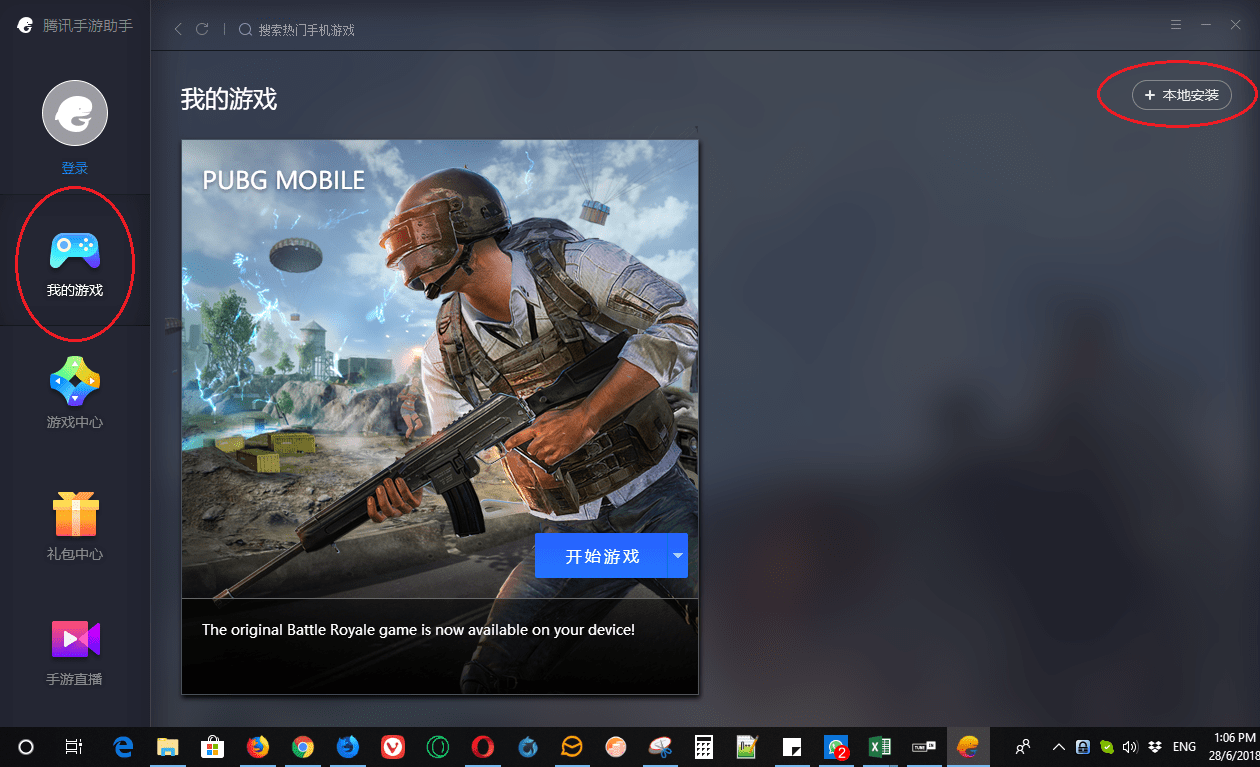
- MAC ANDOIRD EMULATOR INSTALL APK FOR ANDROID
- MAC ANDOIRD EMULATOR INSTALL APK ANDROID
- MAC ANDOIRD EMULATOR INSTALL APK CODE
- MAC ANDOIRD EMULATOR INSTALL APK DOWNLOAD
In our example, the root element in activity_main.xml is ConstraintLayout that is responsible for positioning the elements of the application interface. Normally, layout files have a layout manager as their root element (for example, LinearLayout, FrameLayout, ConstraintLayout, and so on). This pane shows a rectangular canvas that is synchronized with the layout definition and with the Component Tree, so any changes to the canvas are reflected there accordingly.
MAC ANDOIRD EMULATOR INSTALL APK CODE
If the UI designer fails to open, and you get the Design editor is unavailable until after a successful project sync error, press Ctrl+Shift+A, search for the Sync Project with Gradle Files action, and wait for the sync to finish.īy default, IntelliJ IDEA provides a graphical view of the layout file, but you can also switch to the source code view, or view the text and the graphical representation side by side - use the icons in the top-right corner of the UI Designer pane: Note that since IntelliJ IDEA downloads the components required to render layout files, opening it may take a few seconds.
MAC ANDOIRD EMULATOR INSTALL APK ANDROID
In the Android project view, go to the app/res/layout and double-click the activity_main.xml file to open it. Let us modify the auto-generated user interface and see how the application layout is rendered without running it on any physical or virtual device. Edit the UI layoutĪt this stage, the user interface of our sample HelloDroid application is based on a very simple layout defined in the activity_main.xml file located in the res/layout folder. The Gradle Scripts folder contains all the project's build-related configuration files. Res: contains all non-code resources, such as XML layout files, UI strings, images, and so on. Java: contains the Java source code files grouped by packages, including JUnit tests. It also declares the entry points of the application, along with permissions the application requires. Among other things, it declares the package name that serves as a unique identifier for your application and the minimum version of the Android SDK required for the device where the application will run. Manifests: contains the AndroidManifest.xml file, which holds general information about the application processed by the Android operating system.

The app folder consists of the following subfolders: Note that it hides project files and directories that you don't commonly use (to see them, choose the Project view): This view doesn't reflect the actual hierarchy of files on your disk - it is organized by modules and file types to ease navigation between source files of your project. In the Settings/Preferences dialog Ctrl+Alt+S, go to Build, Execution, Deployment | Build Tools | Gradle and select the correct Java version (8.x or 11.x).įor Android projects, there's a dedicated view in the IntelliJ IDEA Project tool window: click Project in the top-left corner and select Android.
MAC ANDOIRD EMULATOR INSTALL APK DOWNLOAD
If you don't have the correct JDK installed, in the Project Structure dialog, click the Add New SDK button on the toolbar and select Download JDK:
MAC ANDOIRD EMULATOR INSTALL APK FOR ANDROID
We recommend that you use Java SE 11 or Java SE 8 for Android development in IntelliJ IDEA. Select the Android SDK and make sure that the correct Java version is selected in the Java SDK field. Now that we have created our first project, let's make sure it uses the correct JDK.įrom the main menu, choose File | Project Structure and go to Platform Settings | SDKs. On the last step, type HelloDroid as the project name and select Java as the language: Select Empty Activity as the project template: When all components have been downloaded and installed, click Finish: Review the installation settings and click Finish to start the download: Optionally, modify the location for the Android SDK, and click Next:

If you haven't installed the Android SDK tools before, all the required components will be preselected. Select the components you want to install. If you don't have the Android SDK configured, IntelliJ IDEA will detect this and prompt you to download it: In the New Project wizard, select Android on the left.
:max_bytes(150000):strip_icc()/Delllaptoponcouch-f2bef3a67cb54e84a38022ecda92327d.jpg)

If you already have a project open, from the main menu select File | New | Project. On the Welcome screen, click New Project. Create a new Android project Create a project For comprehensive how-to guides and reference documentation, visit the Android Studio user guide. This tutorial covers a simple scenario to help you get started with Android development in IntelliJ IDEA. After that, we will run it on an Android virtual device. In this tutorial, we will create a simple yet fully-functional Android application that counts how many times you tap a droid image. Tutorial: Create your first Android application


 0 kommentar(er)
0 kommentar(er)
